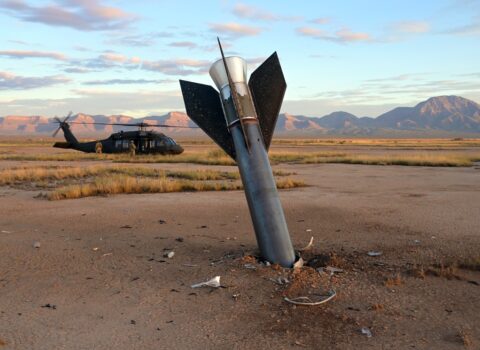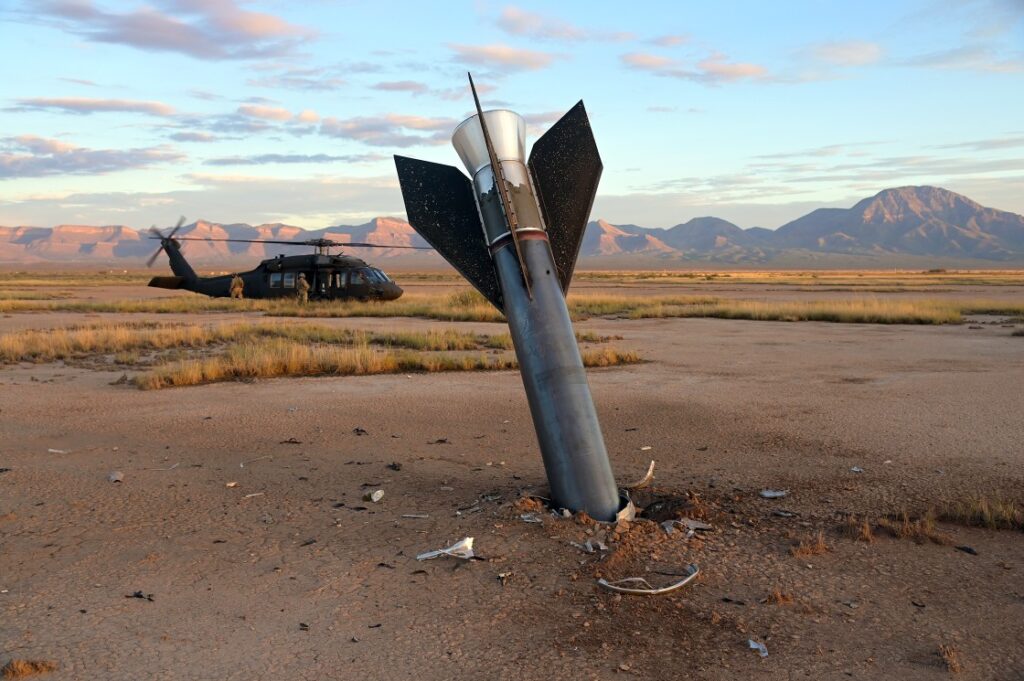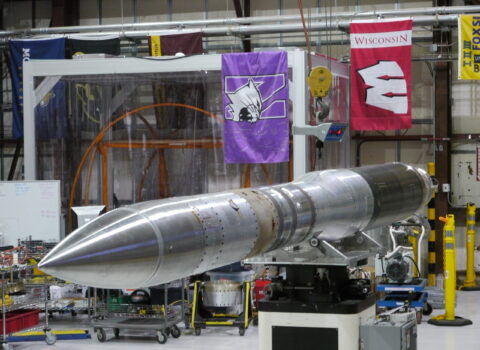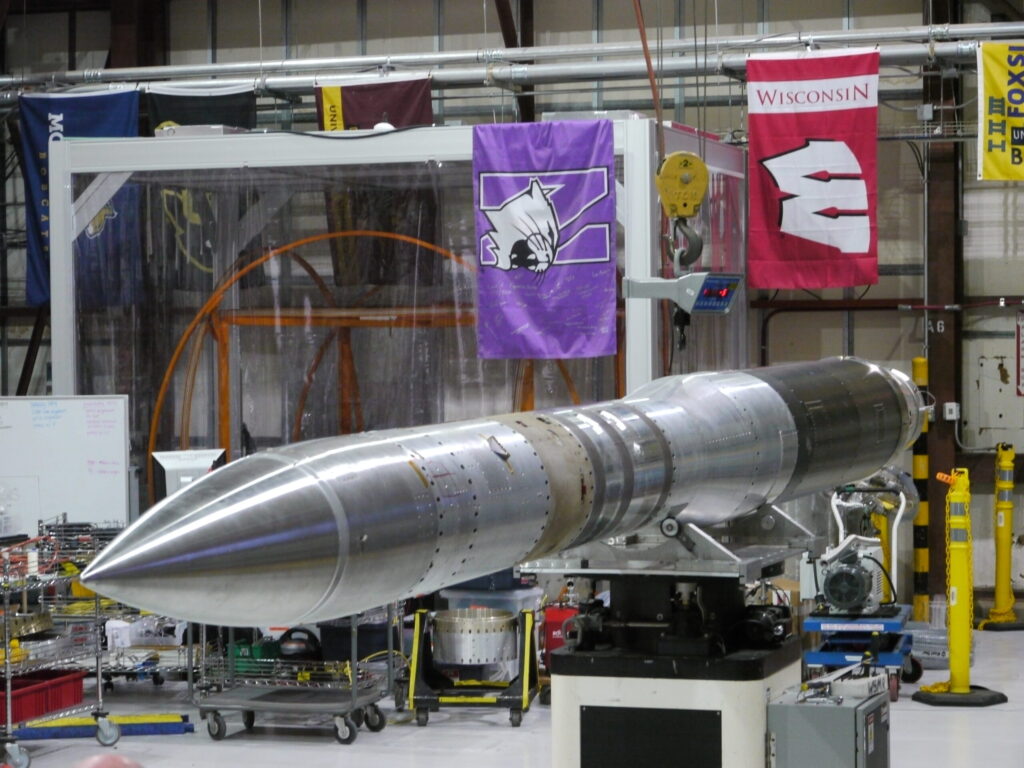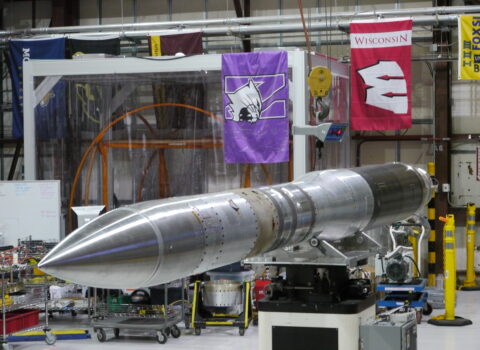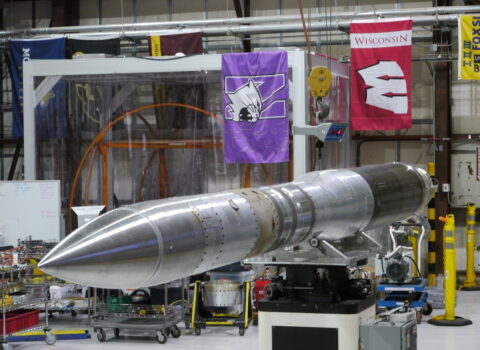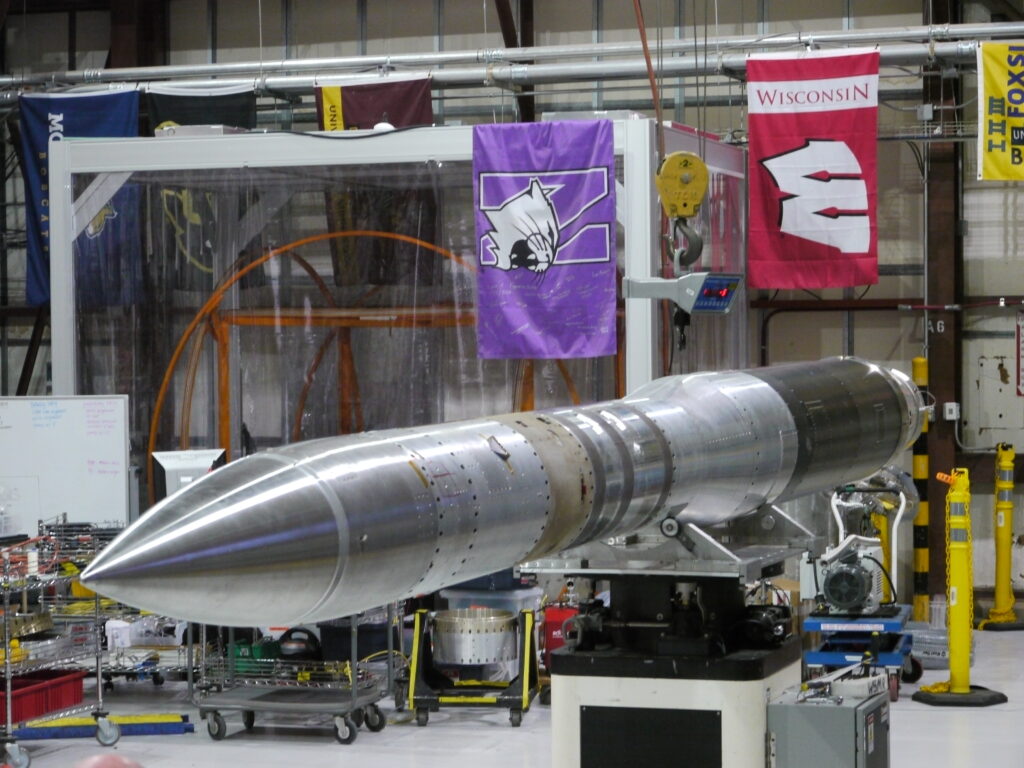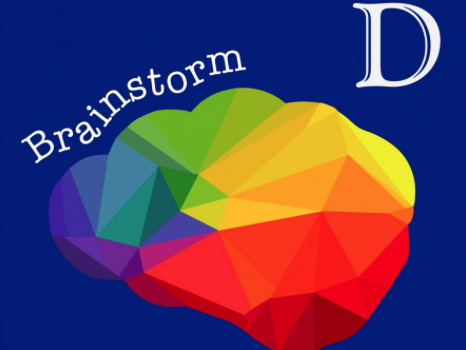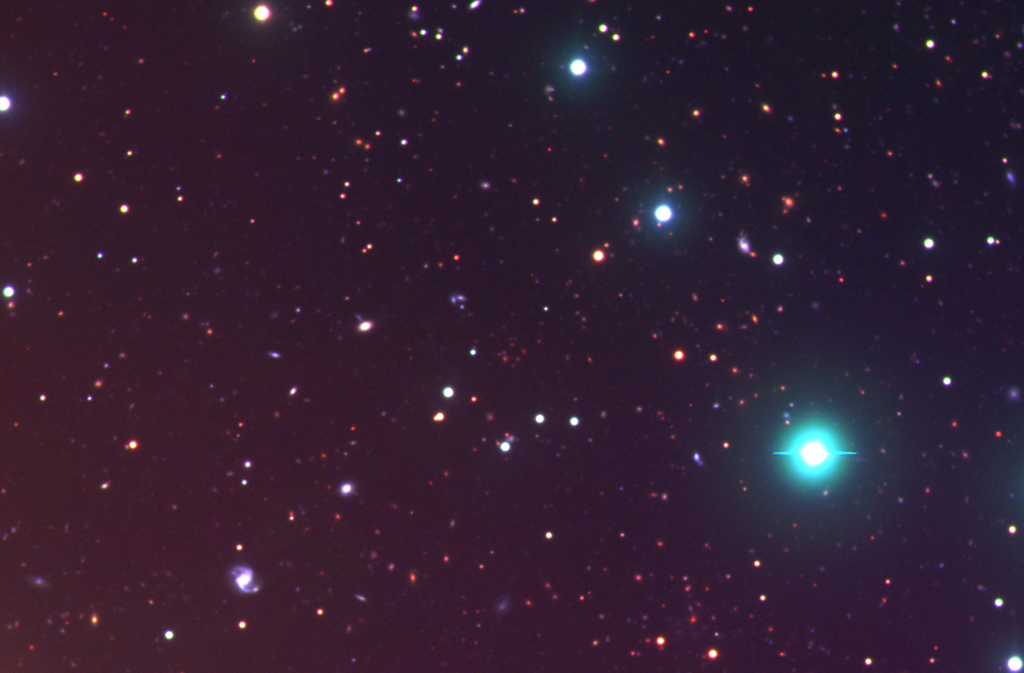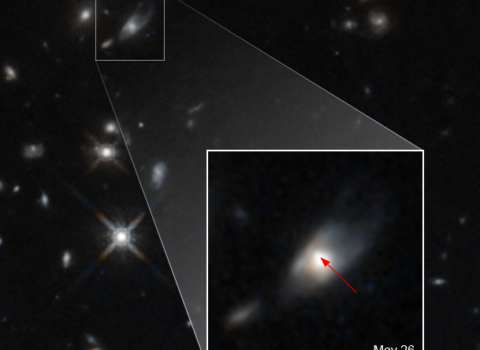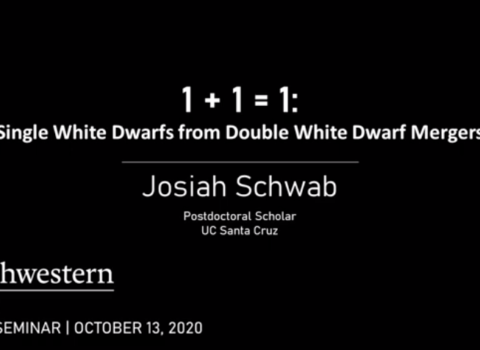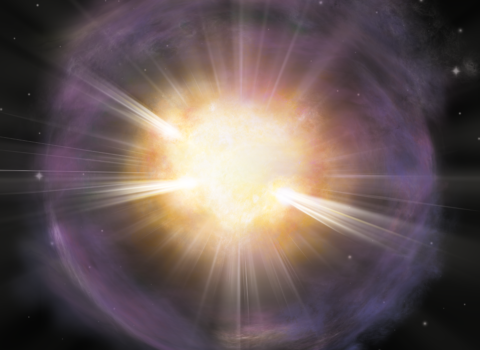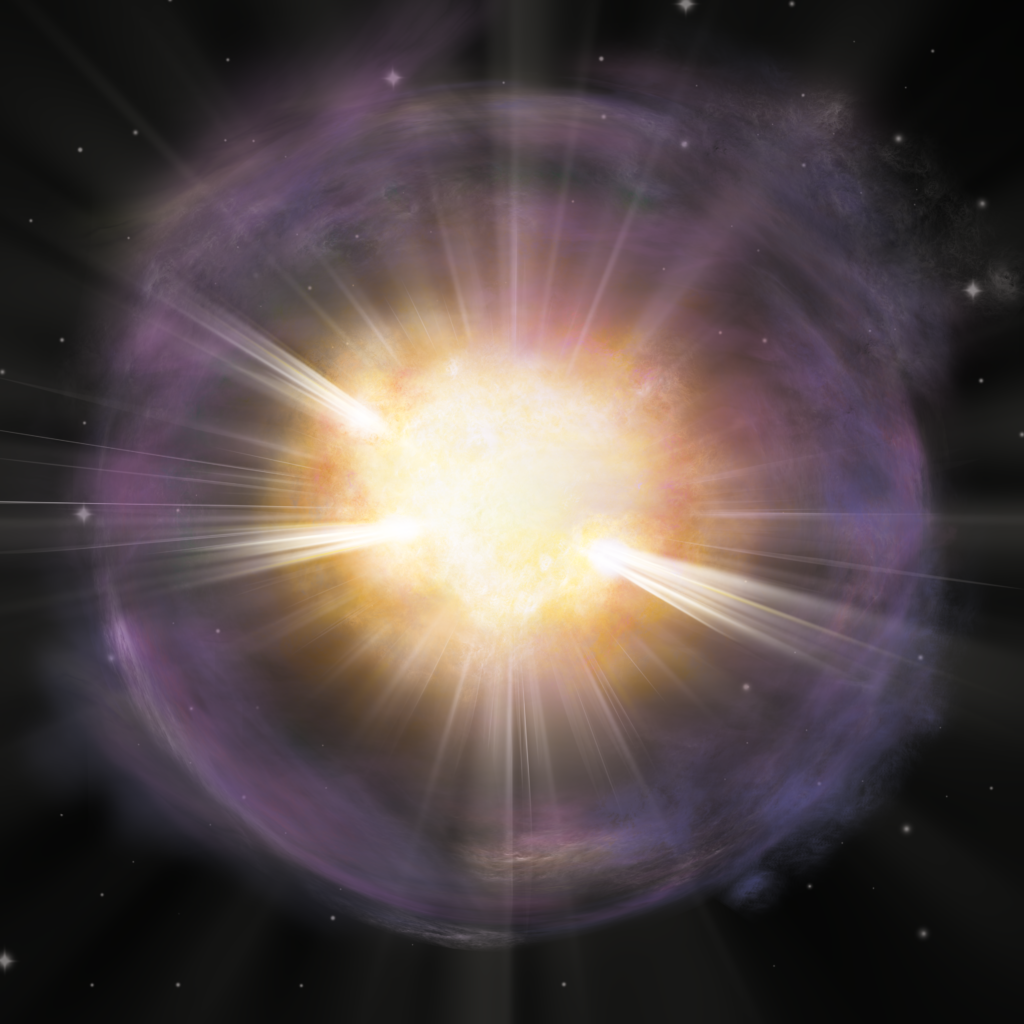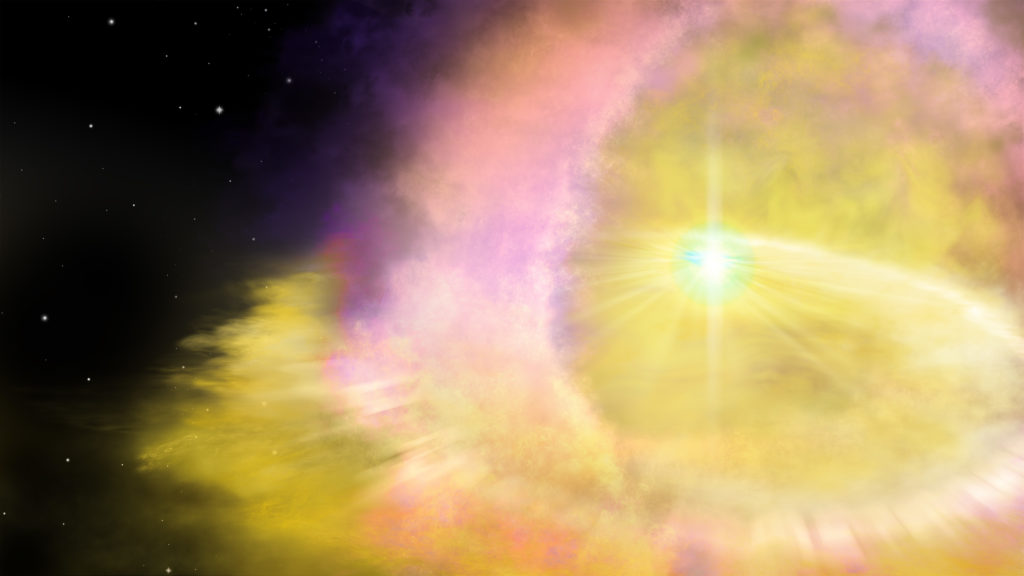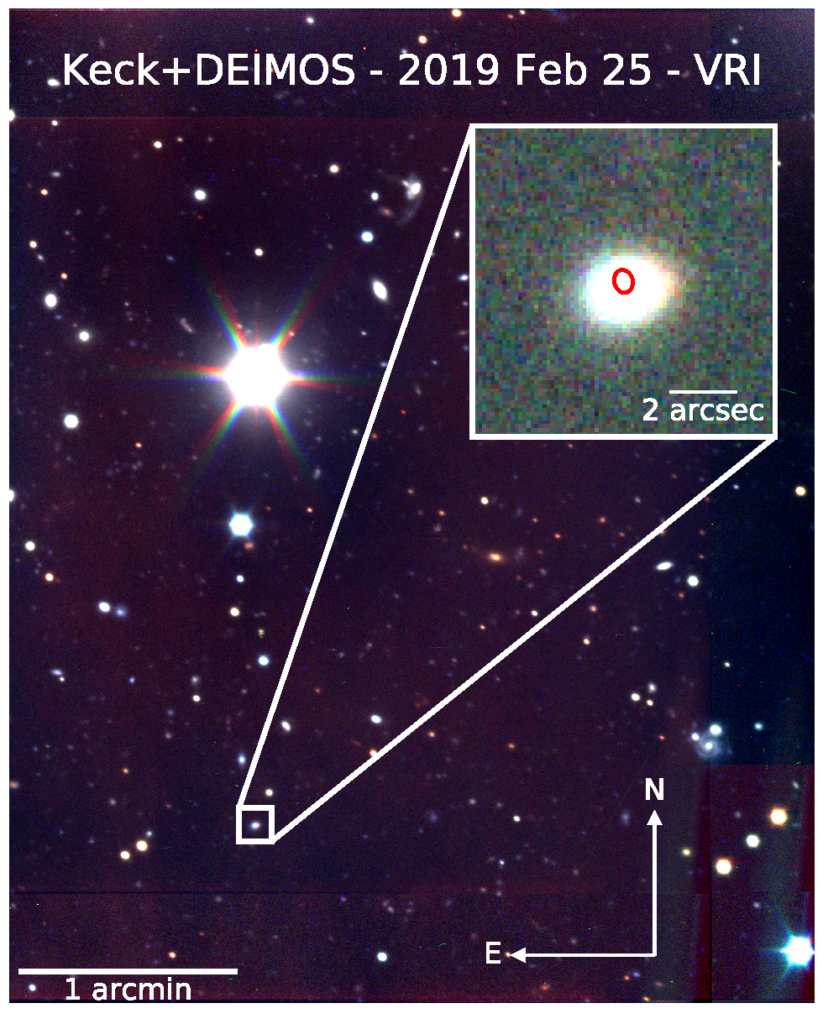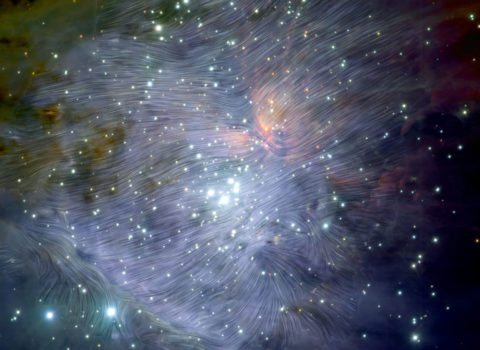
Artist’s impression of GRB 211211A (Surprise kilonova upends established understanding of long gamma-ray bursts)

Artist’s impression of GRB 211211A (Surprise kilonova upends established understanding of long gamma-ray bursts)
The kilonova and gamma-ray burst is on the right. The blue color represents material squeezed along the poles, while the red colors indicate material ejected by the two inspiralling neutron stars that is now swirling around the merged object. A disk of ejecta emitted after the merger, hidden behind the red and blue ejecta, is shown in
Aaron M. Geller/Northwestern/CIERA and IT Research Computing Services


